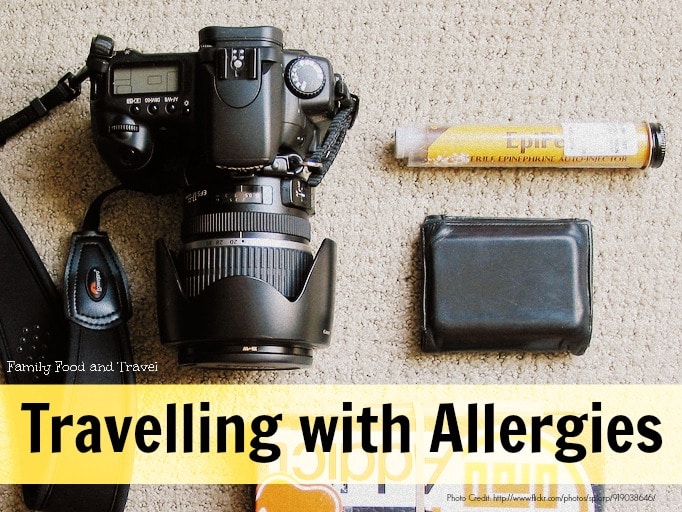
This process helps to drain out the fluid.
#Does steam help allergies how to
How to Get Rid of Clogged Ears Caused due to Sinus or any other infection: 1. Choose a remedy accordingly and try it regularly. If you are wondering how to clear clogged ears, we have mentioned various remedies as per the root cause of the problem. Initially, it is good to know the cause of the problem first to follow the appropriate remedy. Keep reading to learn the easy home remedies for clogged ears from cold or other reasons and get quick relief! Home Remedies for Plugged Ears: If you have plugged ears due to other factors then you try some simple home remedies to cure this problem. If you have severe ear ache, bleeding or discharge from the ears, then consult a doctor immediately. You can also dry bedding at high temperatures.Trigeminal Neuralgia: 16 Natural Remedies to Overcome the Pain

Also, consider steam cleaning carpets when possible. This can help remove allergens from carpeting because it actually washes the carpet. Consider wet-vacuum cleaning when possible.If possible, try to have someone without allergies do the cleaning. Wear a mask if you do the cleaning yourself.

Dusting and vacuuming stir up dust, making the air worse until the dust settles.Standard paper bag filters may allow the stirred-up allergens to escape back into the room. Use a vacuum cleaner with a HEPA filter or a special double-thickness bag, which collects dust-mite particles and pollen.Vacuum the carpets and cloth-covered furniture to get rid of as much dust as you can.Use a dry cloth to wipe hard surfaces such as countertops, tables, and other furniture. Dust and vacuum once or twice a week to remove the buildup of allergens.Damp-mop hard floors (tile or hardwood, for example) once a day.Mop, dust, and vacuum to reduce dust and dust mites.Remove "dust collectors" from bedrooms, such as stuffed toys, wall hangings, books, knickknacks, and artificial flowers.Replace drapes and blinds with roll-down shades or washable curtains.Use smaller rugs (throw rugs, area rugs) that you can wash.If you can't or don't want to remove carpeting throughout the home, think about removing it only in the bedroom. Talk with your family about this and about how this will affect family life. Remove rugs and wall-to-wall carpeting.Use furniture made of wood, plastic, leather, or vinyl (including vinyl mattress covers) that you can wipe clean.Use dust-proof pillow and mattress covers made from a tight-weave fabric that keeps out dust and mites.Avoid carpet, upholstered furniture, and heavy drapes that collect dust.Reduce dust and dust mites in furniture, carpets, drapes, and bedding.This can help remove some allergens (such as pollen or pet dander) and tobacco smoke from the air in your home. Use an air cleaner with a special high-efficiency particulate air (HEPA) filter.This will help reduce the amount of pollen and mould spores that enter your home. Use air conditioning so you don't have to open windows.Don't use window or attic fans, which bring air containing pollen, mould spores, and other allergens into your home.Allergy to dust mites is a year-round problem. People are allergic to dust mite droppings, not the dust mites themselves.

Allergens can cause a rash, a stuffy nose, or other symptoms such as wheezing or coughing.ĭust mites are visible only through a microscope. Allergens are things that can trigger an allergic reaction. Dust and dust mites are a common indoor allergen.


 0 kommentar(er)
0 kommentar(er)
